You may have had questions about hydroponic Cilantro as you read this article. Don't worry. I used to be the same way. After countless attempts, I can quickly grow hydroponic Cilantro. In this article, I will share the hydroponic indoor garden I am using and the cultivation techniques of hydroponic Cilantro.

Cilantro is a delicious green herb. As early as 1670, Cilantro had been introduced to America and Europe. People began to use it to make spices and used the leaves and seeds of Cilantro to cover the fishy smell of meat. Today, cilantro seeds are often put into European sausages. The British also ground vanilla seeds into powder to make a drink for wedding banquets called Hippocras. Even many regions have used cilantro seeds to create cocktails or Thai coffee.
Cilantro is rich in calcium, zinc, potassium, vitamins A and C, etc. It even has specific medicinal effects, suitable for colds, pediatric measles or rubella, dietary stagnation, indigestion, etc.
Now that Cilantro has so many benefits, are you eager to start growing Cilantro hydroponically? Read on to learn all about hydroponic Cilantro. Let's start!
How to hydroponic Cilantro?

Quick Guide to Indoor Hydroponic Cilantro:
- Recommended hydroponic cilantro varieties: Calypso, Delfino, Slo Bolt, Santos,
- Seed germination time: 7-10 days
- Best growing medium: rock wool or coir
- Hydroponic systems for Cilantro: ebb and flow, DWC, NFT, drip irrigation, and aeroponics
- Optimal pH: 5.5-6.5
- Optimum temperature: 15°C-20°C (the specific temperature will vary according to different growth stages)
- Best EC/TDS: 1.5/800-1,000
- Lighting requirements: 12 - 16 hours per day
- Required Nutrients: Nitrogen, Phosphorus, Potassium
- Harvest time: 40 to 50 days
A Step-by-Step Guide to Hydroponics Growing Cilantro
1. Choosing the Right Hydroponic Cilantro Seeds
Usually, we need to choose a suitable cilantro seed variety before we start hydroponic Cilantro. Common cilantro varieties include Calypso, Delfino, Slo Bolt, Santos, Orlando, Slovenian, Dwarf, and Lisbon, these are all Cilantro suitable for hydroponic cultivation Varieties, and I choose Orlando, Slovenian, Dwarf, and Lisbon.
Orlando: With larger leaves and a strong fragrance, it is suitable for hydroponic cultivation.
Slovenian: is a hardy variety of Cilantro suitable for growing in hydroponic systems.
Dwarf: A compact variety suitable for hydroponic growing in limited spaces.
Lisbon: Rich fragrance and long leaves, suitable for hydroponic growing and harvesting.
These are the ones I have planted in hydroponics, so I recommend these varieties. Of course, other varieties are also good choices. The specific choice can be hydroponically planted according to your own needs.
2. How to germinate cilantro seeds in hydroponics
After choosing the cilantro seeds, we must let them grow before we can transplant them into our hydroponic system. The next step is a seed germination step:

1. Spread the cilantro seeds evenly on a damp paper towel or cotton cloth.
2. Roll up the paper towel or cotton cloth in an airtight plastic bag.
3. Put the bag in a warm place away from direct sunlight.
4. The cilantro seeds will germinate After about 7-10 days. Once they sprout and develop roots, you can move on to the next step.
Note: You only need to provide the proper humidity, temperature, and substrate conditions for the cilantro seeds to germinate and grow into healthy shoots.
3. Choose the right hydroponic system
Once the cilantro seeds have germinated and developed their first true leaves, you must wait for the seedlings to establish roots. Once the roots have been acquired, transfer the cilantro seedlings to a hydroponics growing system.

Standard hydroponic systems can grow Cilantro hydroponically, such as ebb and flow, DWC, NFT, drip irrigation and aeroponics, etc., all of which can be used for hydroponic Cilantro.
I am currently using the LetPot Max hydroponic garden, which has innovative automatic watering and nutrition functions and is integrated with the app, which is more convenient and grows faster than traditional hydroponic DIY hydroponic systems. Of course, I didn't give up the conventional hydroponic method, but by using these indoor hydroponic systems to grow seedlings faster and then transferred to a more extensive hydroponic planting system again to harvest Cilantro more quickly.
These indoor growing systems have become popular because their growing environment is controllable. You don't need to worry, no matter what season or weather. Even if you can harvest fresh vegetables all year round, I fell in love with this type of hydroponic system. Of course, you can ignore the above points if you have a hydroponic system.
4. Water quality and pH value of hydroponic Cilantro

In my experience, use filtered tap or distilled water as a water source for hydroponic Cilantro. The pH of the water should be between 5.5 and 6.5, which is the ideal range for growing Cilantro. Tests and adjustments can be made using pH test paper or a pH meter. The value of the EC /TDS (total dissolved solids) is controlled at: 1.5/800-1,000. Maintaining an appropriate EC/TDS value is crucial for the healthy growth and high yield of hydroponic Cilantro.
5. Nutrient solution for hydroponic Cilantro

Since we use the hydroponic cultivation method, we need to know the nutrients for hydroponic Cilantro. The primary nutrients required for hydroponic Cilantro include nitrogen, phosphorus, and potassium. In addition to the primary nutrients, you must add some trace elements to Cilantro, iron, zinc, manganese, copper, boron, and molybdenum. Suppose you don't know the specific ratio of nutrients. In that case, it is recommended that you buy a nutrient solution specially used for hydroponic Cilantro.
6. The light of hydroponic Cilantro
When growing plants in hydroponics, light is essential. It is the energy source necessary for photosynthesis and the growth of plants. You need to pay attention to light intensity, light quality, light distance, and light time to do better hydroponics Plant cilantro.

Light Intensity: Hydroponic Cilantro is suitable for growing in medium light intensity. Light intensity should be kept at 5000-10000 Lux (lux)
Lighting quality: full-spectrum light in natural sunlight is ideal, and artificial light sources should choose appropriate spectra, such as blue light (400-500 nanometers) and red light (600-700 nanometers). My grow lights are full spectrum lights, so that I can handle that easily.
Light distance: It is also essential to keep the length of the light source at an appropriate distance from the hydroponic Cilantro. Light sources should generally be kept between 6-12 inches (15-30 cm) away from plants.
Light time: Hydroponic cilantro should be provided with 12 to 16 hours of light per day. Simulating the natural daylight cycle helps photosynthesis and the healthy growth of plants. A timer can be used to control the duration of the morning to ensure that the plants get enough light.
7. The temperature of hydroponic Cilantro

I usually adjust the water temperature in my hydroponic system at different stages, for example:
Seed germination stage: keep the water temperature at 20°C-25°C
Seedling growth stage: the water temperature is kept at 18°C-22°C
The mature stage of Cilantro: keep it in hydroponics at 15°C-20°C
Different varieties of Cilantro have other requirements for water temperature. The purpose of my doing this is to avoid using too hot or too cold water because extreme temperatures may cause damage to the root system of the plant. The temperature at different stages above can be used as a reference.
Daily management and maintenance of hydroponic Cilantro
1. Trim Hydroponic Cilantro
Regular pruning of cilantro plants can help control the shape of the plants and improve yields. Pruning excessively long stems and branches can promote the growth of side branches, stems, and leaves. At the same time, timely pruning of yellowed or damaged parts of the leaves will help keep the plant tidy and healthy.
2. Spacing Hydroponic Cilantro
Proper plant spacing is required in hydroponic systems to avoid competition and crowding among plants. Generally speaking, each cilantro plant should be kept at a distance of 10-15 cm to ensure that the plants can get sufficient water, nutrients, and light.
3. Hydroponic cilantro pests
It is essential to check your hydroponic Cilantro regularly for infestation by pests. Common cilantro pests include aphids, whitefly, and spider mites. If problems are found, they can be controlled using biopesticides or organic pesticides. Also, keeping your hydroponic system clean and hygienic will help prevent the growth and spread of pests.
4. Hydroponic cilantro diseases
It is imperative to monitor hydroponic Cilantro for signs of disease closely. Common cilantro diseases include mold, anthracnose, and root rot. We need to prevent the occurrence of conditions. Keeping the hydroponic system clean, well-ventilated, and in suitable humidity is essential. If signs of disease are found, appropriate disease management measures can be taken, such as spraying with a suitable fungicide or removing infected plants.
Harvesting Hydroponic cilantro
In general, Cilantro can be harvested in about 40-50 days. Still, you need to pay attention to some details when harvesting hydroponic Cilantro, which will determine whether you can continue to get fresh Cilantro.
Leaf harvesting: The leaves of hydroponic Cilantro can be harvested one by one, and mature leaves can be selected for cutting as needed. Typically, leaf harvesting can begin when cilantro plants reach 6-8 inches (15-20 cm) tall. Use scissors or your fingers to gently snip off the base of the leaves, ensuring not to damage the stem of the plant.
Harvesting with roots: If you need to gather the whole plant of hydroponic Cilantro, you can do it when it grows to a suitable height. Generally, Cilantro can be harvested when it reaches a height of 8-12 inches (20-30 cm). Gently uproot the plants, wash the roots, and trim off the tops and inedible parts of the sources.
Continuous Harvesting: Hydroponic Cilantro has good regeneration ability and can be harvested continuously. Gathering leaves can stimulate the growth of your plants' side shoots and new leaves, increasing your yield.
Storage and Preservation: Hydroponic Cilantro is best used immediately after harvest to maintain optimal freshness and nutritional value. For storage, place cilantro in a plastic bag or airtight container in the vegetable compartment or freezer of the refrigerator and use it as soon as possible to preserve freshness.
Frequently Asked Questions about Hydroponic Cilantro
Why are my hydroponic cilantro leaves turning yellow?
The yellow leaves of hydroponic Cilantro may be caused by insufficient nutrition, excessive watering, or pests and diseases. Solutions include:
· Checking the concentration of the nutrient solution in the hydroponic system.
· Properly adjusting the ratio of nutrient elements in the nutrient solution.
· Ensuring adequate but not excessive watering.
· Dealing with pests and diseases.
Why does hydroponic Cilantro grow slowly?
The slow growth of hydroponic Cilantro may be caused by low temperature, insufficient light, or nutritional imbalance. Solutions include:
· Provide a suitable temperature range (15-25 degrees Celsius).
· Increasing light intensity.
· Ensuring sufficient light time.
· Adjusting the content of nutrients in the nutrient solution.
Why does the root of hydroponic Cilantro rot?
The roots of hydroponic Cilantro can be affected by root rot, excessive humidity, or lack of oxygen. Solutions include:
· Keeping your hydroponic system clean and hygienic.
· Ensuring proper moisture and oxygen supply.
· Dealing with diseases such as root rot on time.
How to prevent pests and diseases of hydroponic Cilantro?
Hydroponic Cilantro can be infested by pests such as aphids, whitefly, and spider mites. Solutions include:
· Regular plant inspections.
· Use of biopesticides or organic pesticides for control.
· Keeping hydroponic systems clean and hygienic.
· Avoiding the growth and spread of pests.
What range should the pH of hydroponic Cilantro be kept in?
The growth of hydroponic Cilantro is affected by the pH value, and the pH value that is too high or too low may affect the absorption of nutrients by the plant. The solution includes regularly testing and adjusting the pH value of the nutrient solution to keep it within an appropriate range (generally 5.5-6.5).
Conclusion
This article outlines the steps and tips for growing Cilantro using hydroponics. I hope this tutorial was helpful to you.
We welcome your feedback and encourage you to share more knowledge to improve our tutorials. Please feel free to leave your comments as they help other hydroponic enthusiasts learn and achieve better results in their hydroponic gardens. Let's work together to achieve excellence in the field of hydroponics.
Other Plant Hydroponic Growing Tips
If you are also interested in other hydroponic plants, please read related articles.
- How to grow hydroponic cherry tomatoes Indoors: A Detailed Guide
- How to grow hydroponic kale: A Beginner’s Guide
- How to Grow Lettuce Indoors Hydroponically: A Detailed Guide
- How to grow thyme hydroponically: A Comprehensive Guide
- How to grow rosemary hydroponically: A Comprehensive Guide
- How To Grow Spinach Indoors Hydroponically: Growing Tips


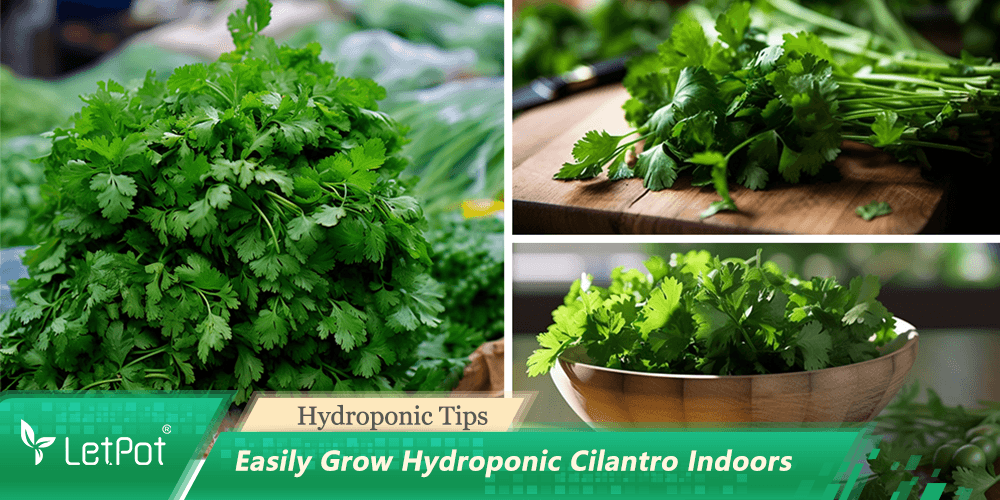

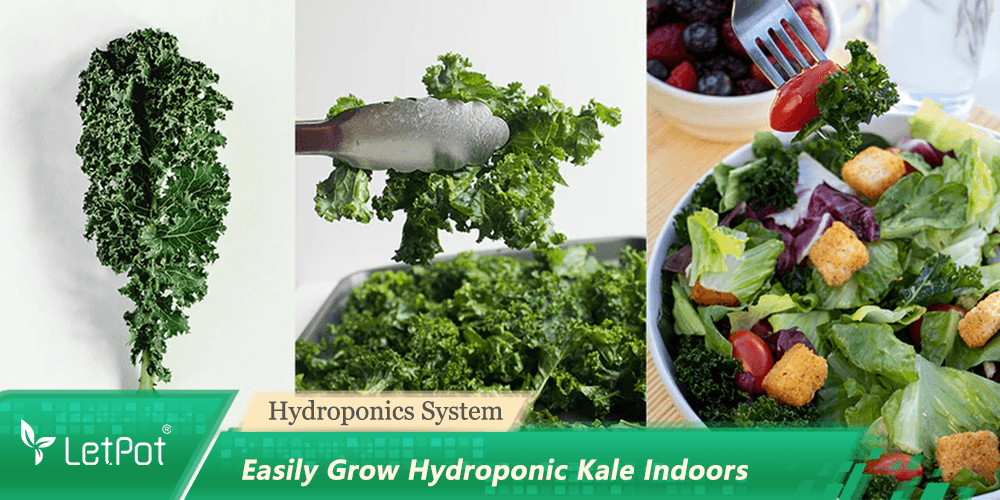

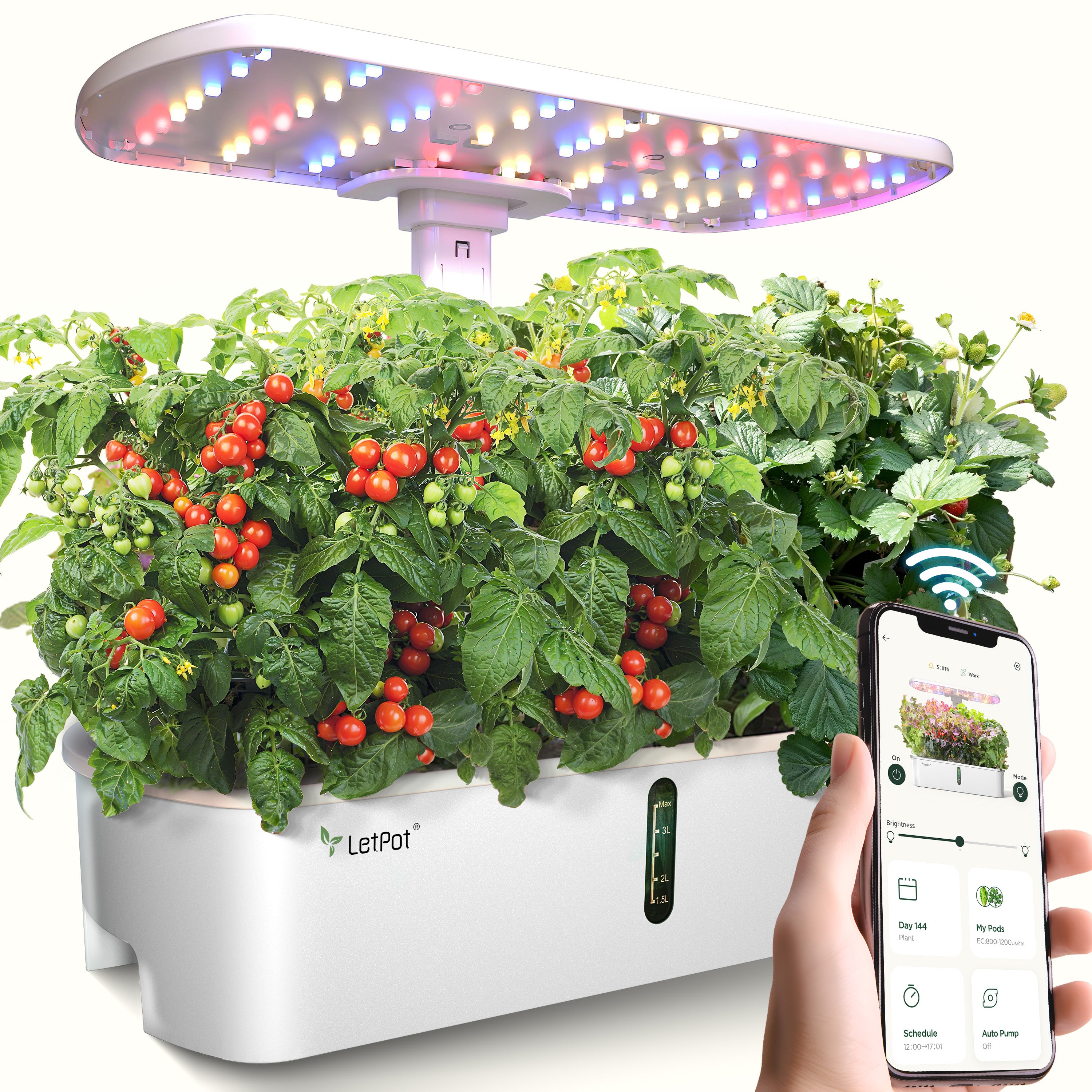
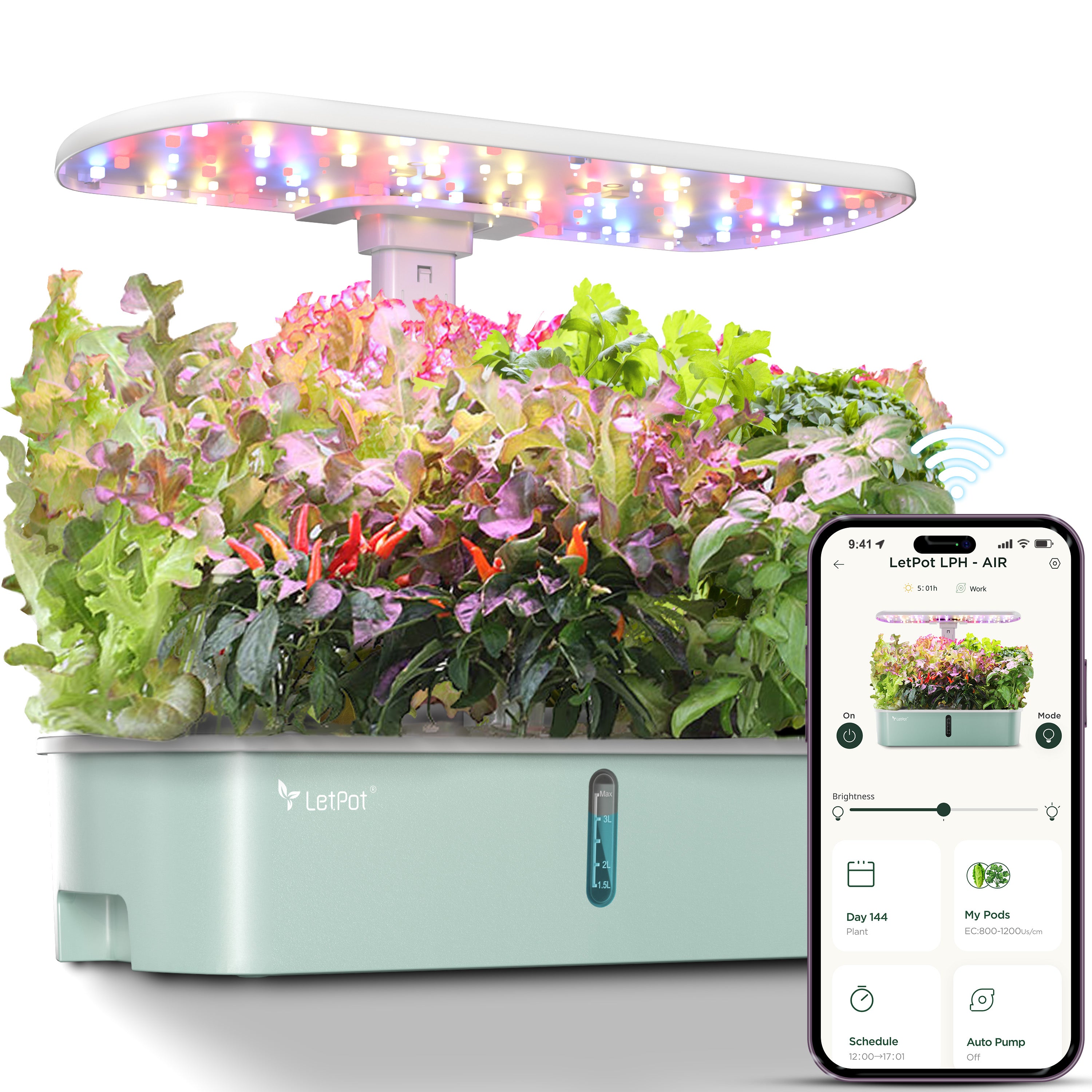
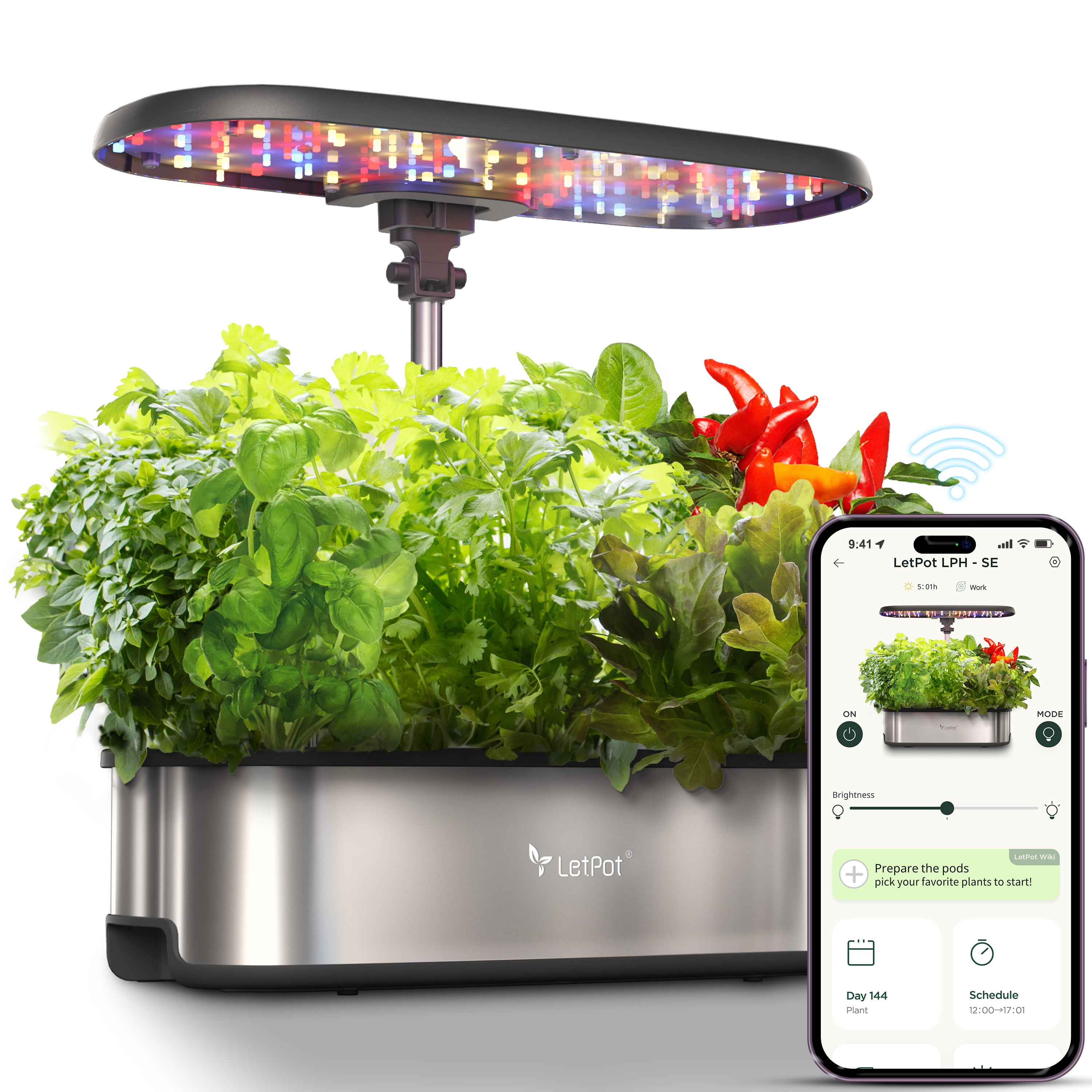
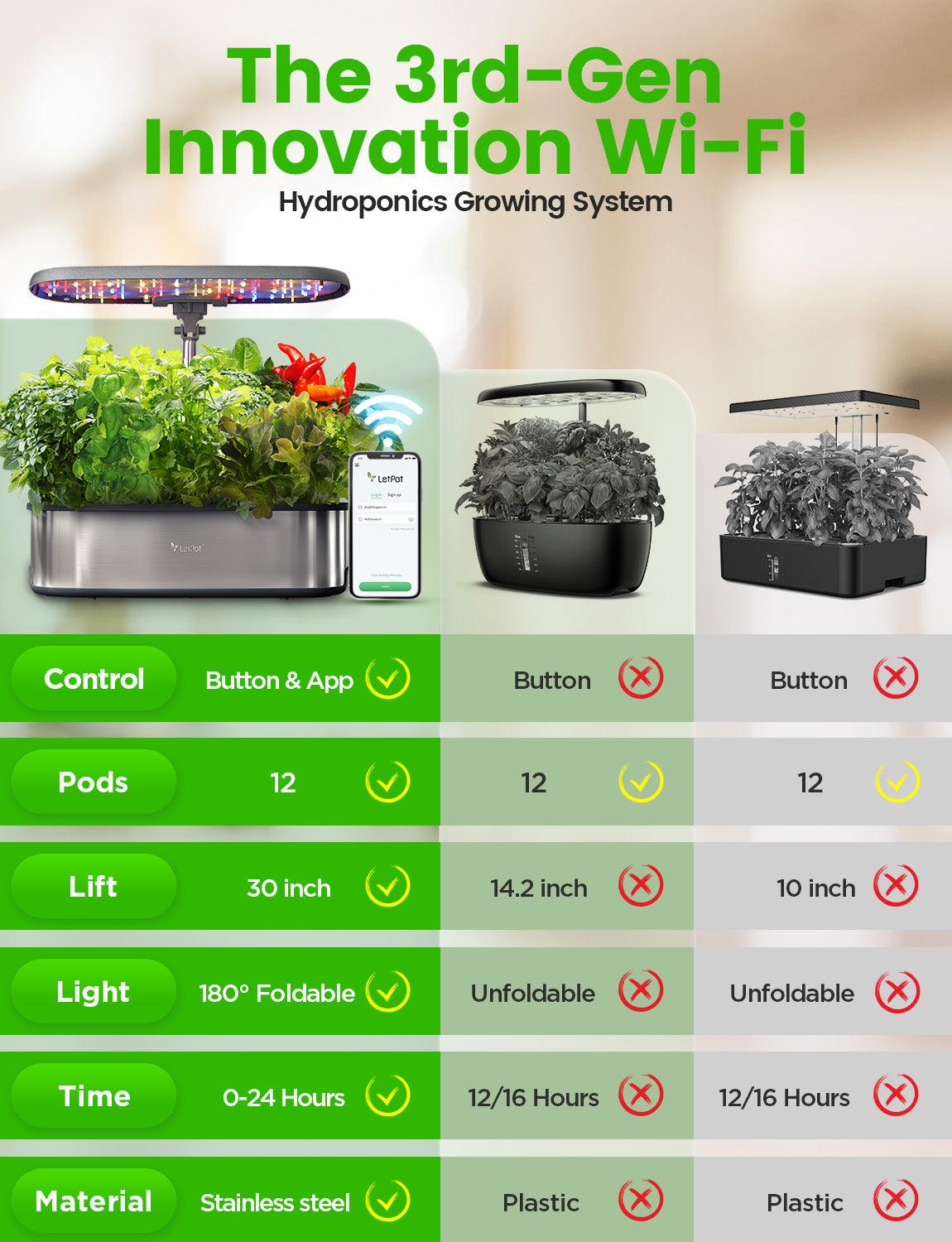
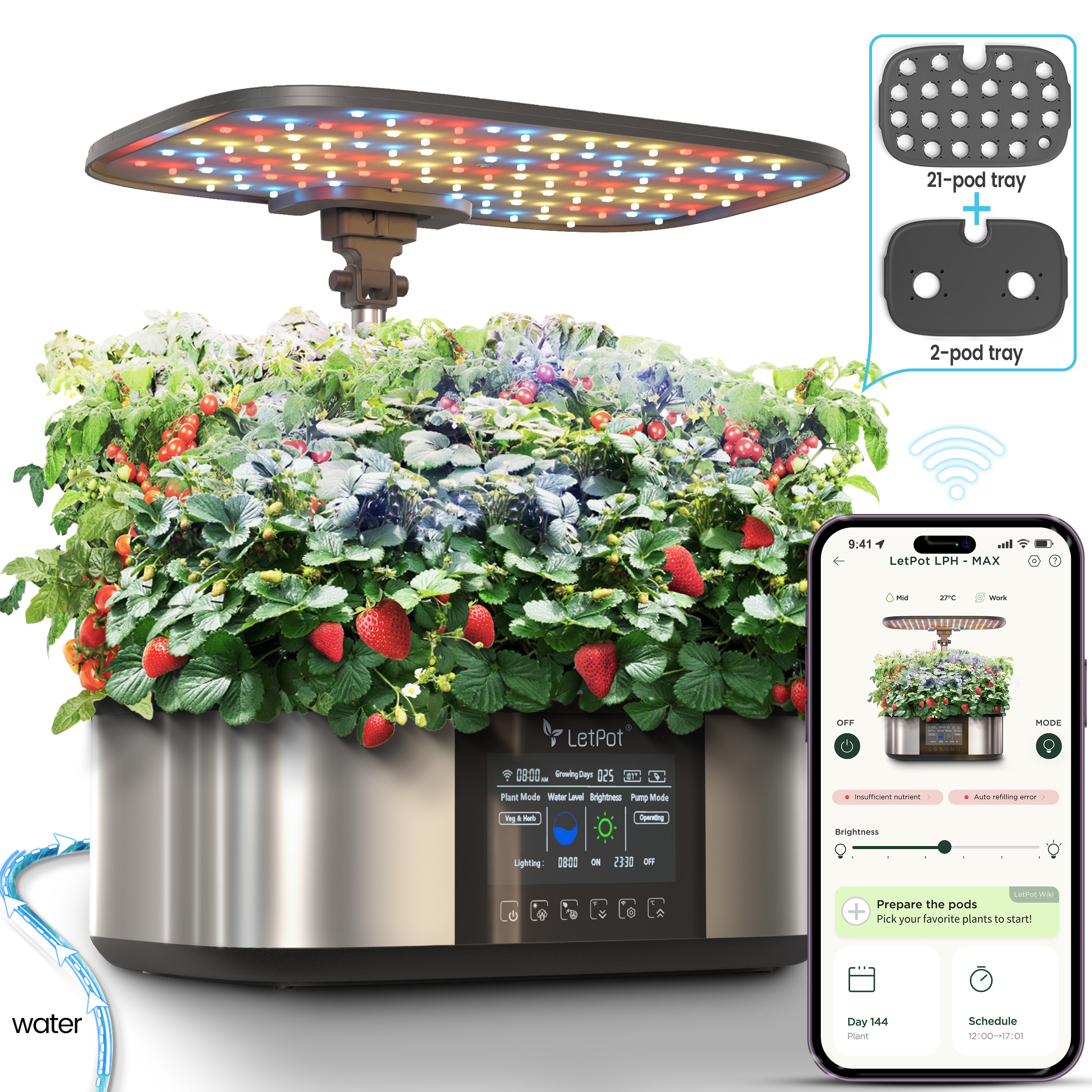
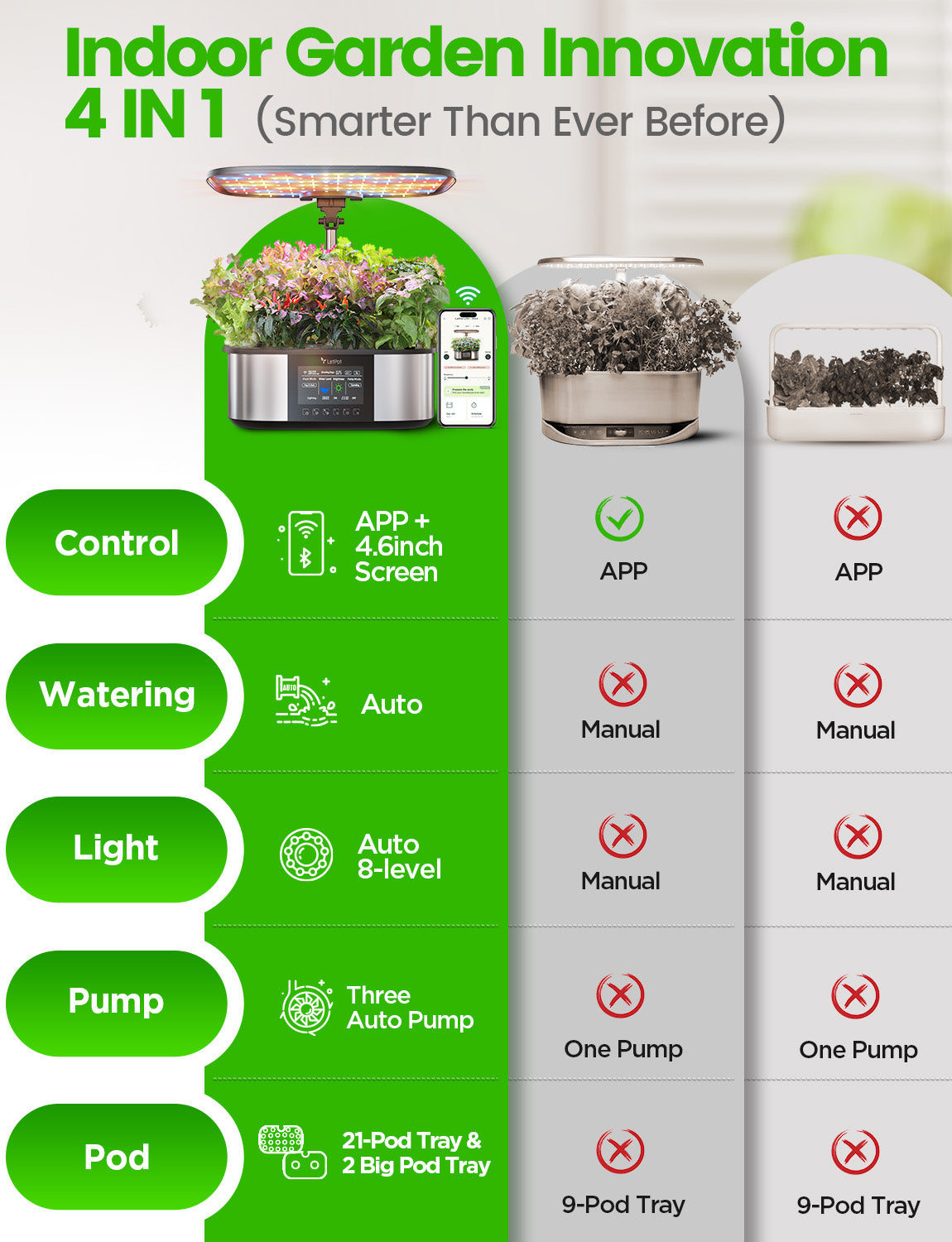
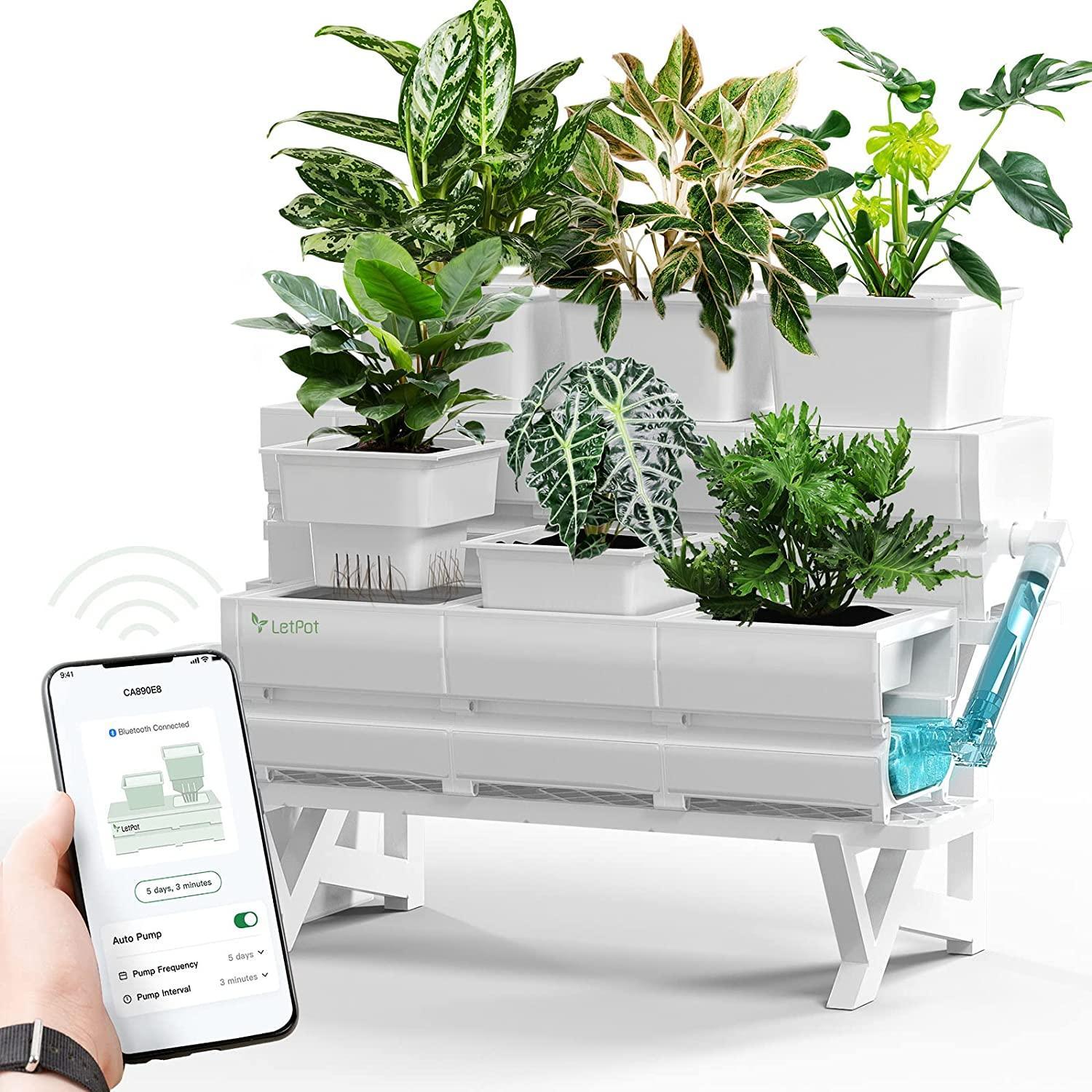

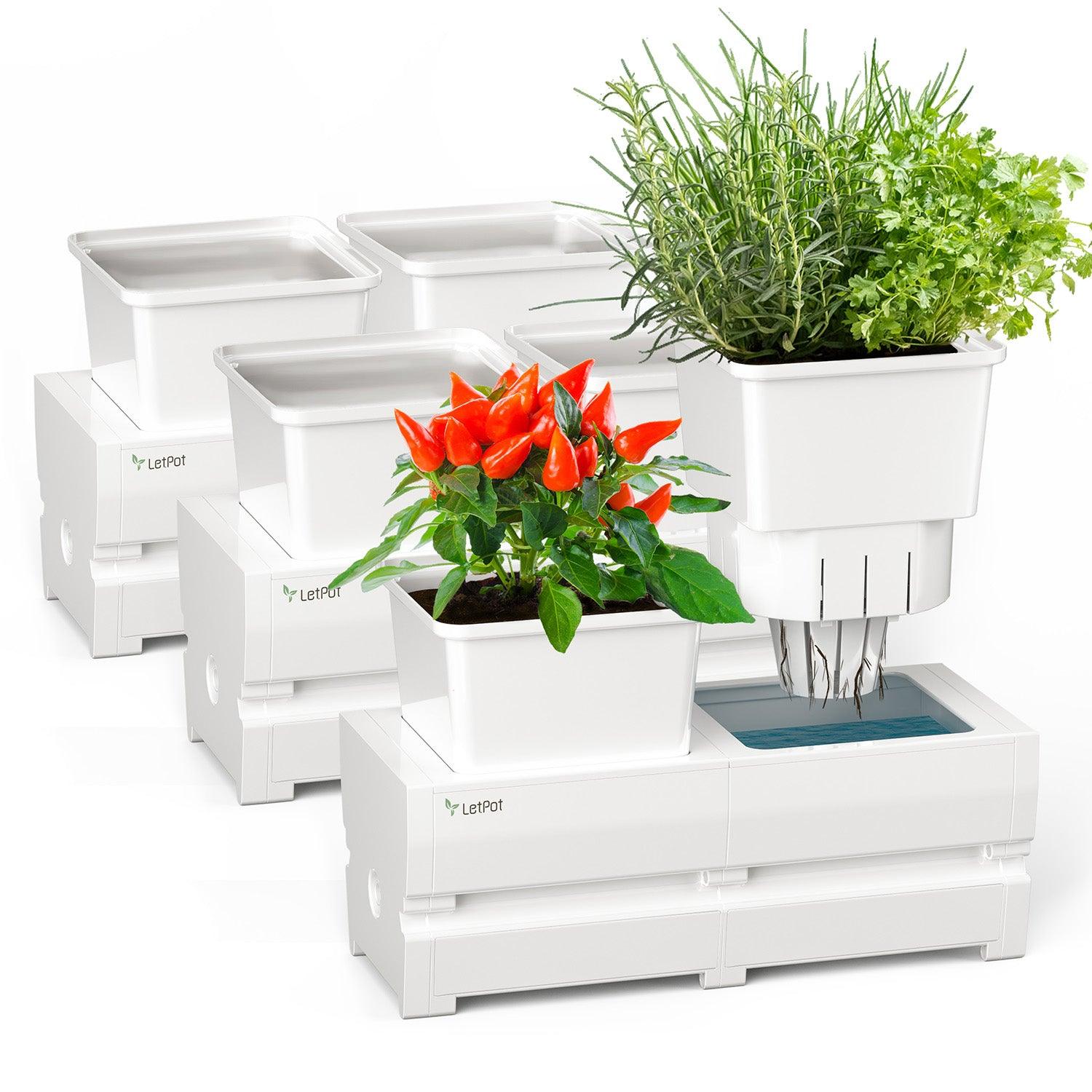



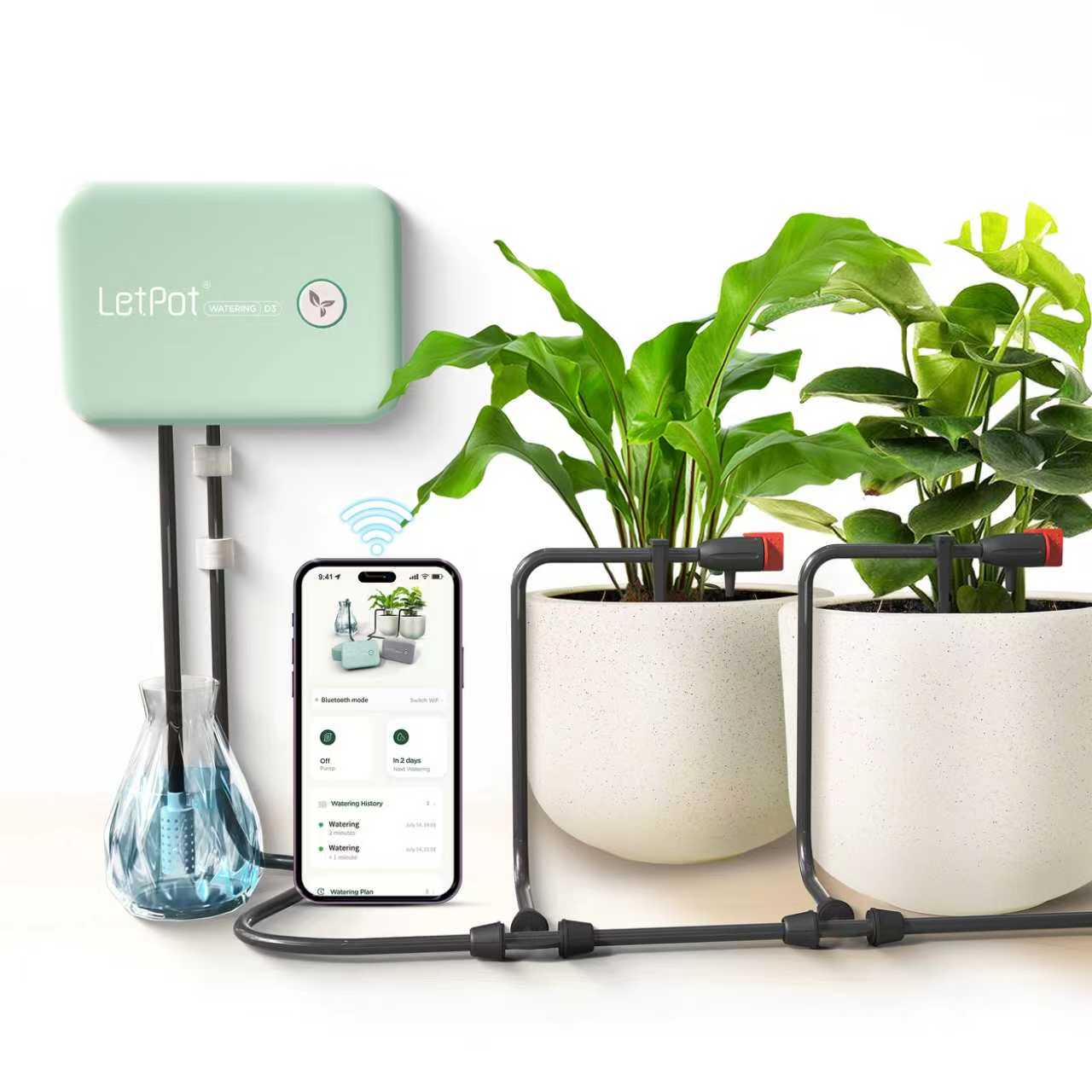

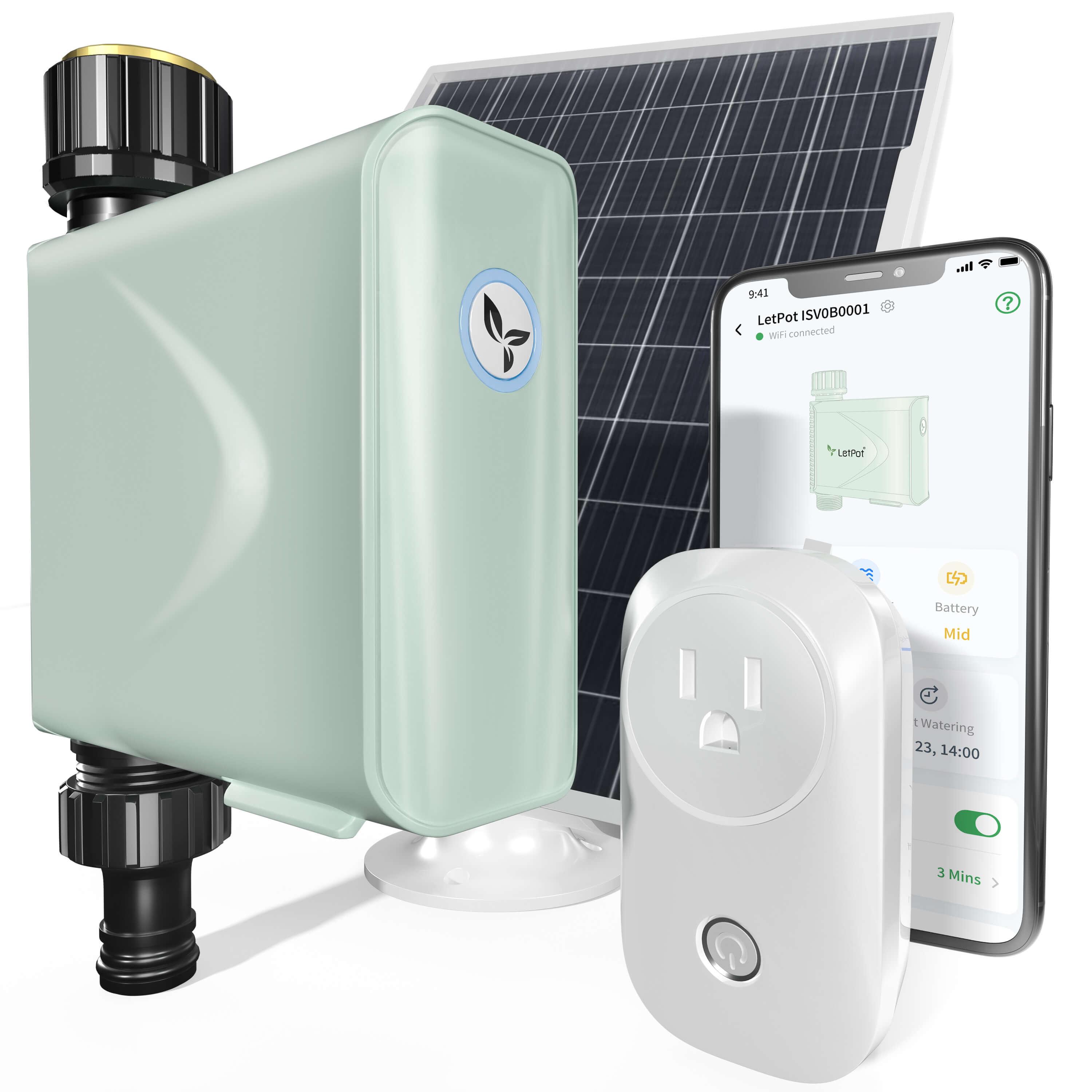
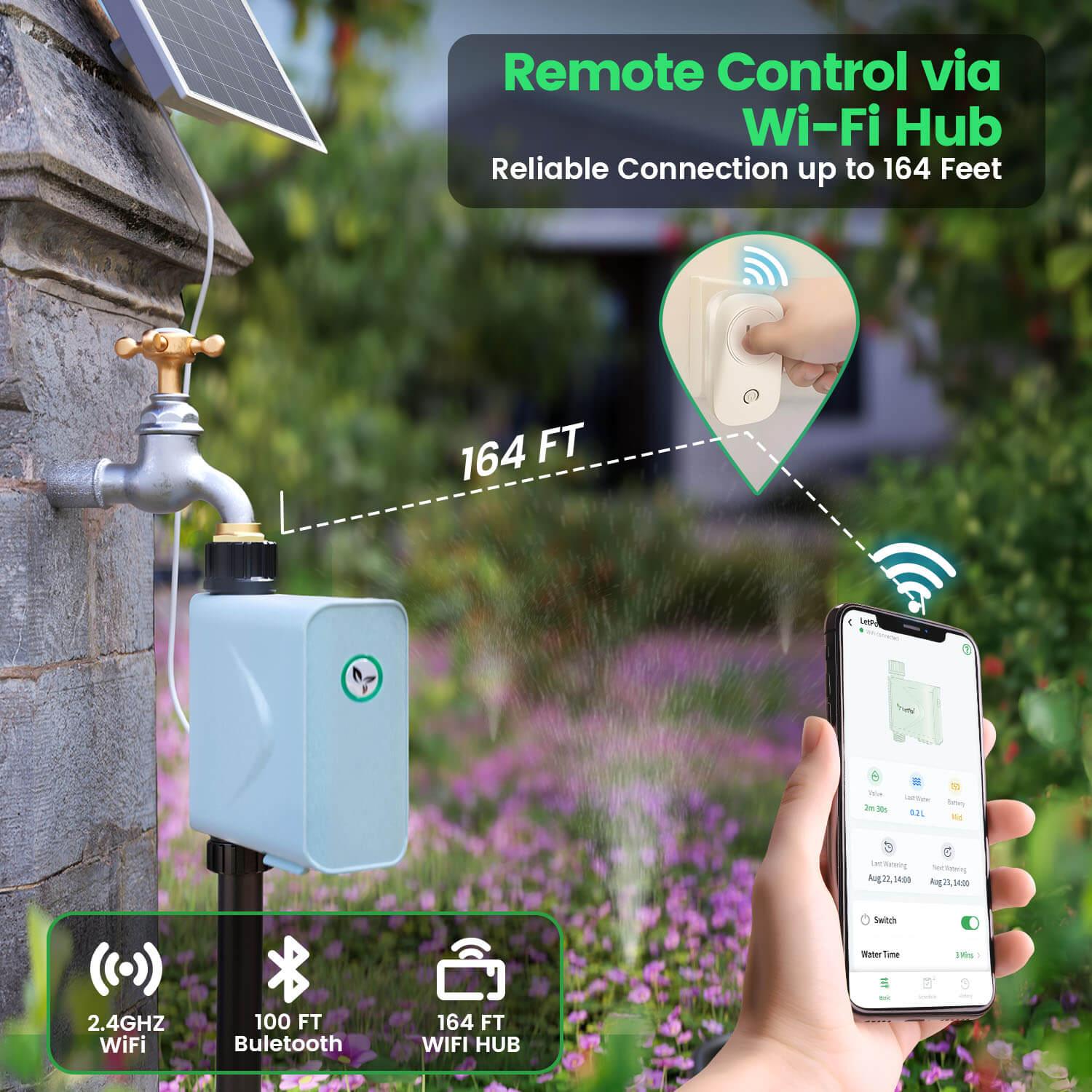

Leave a comment
All comments are moderated before being published.
This site is protected by hCaptcha and the hCaptcha Privacy Policy and Terms of Service apply.